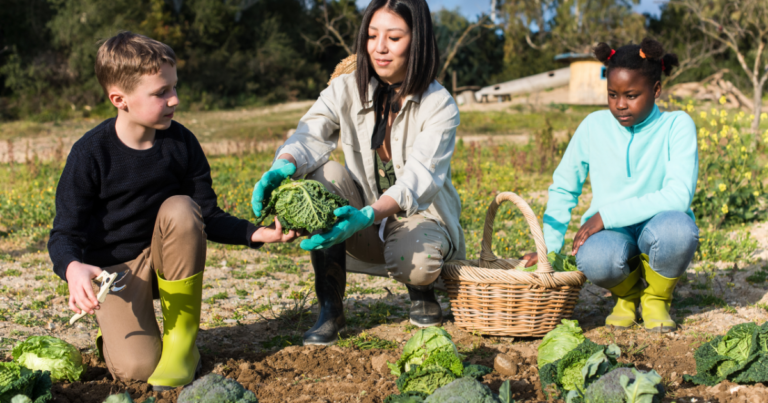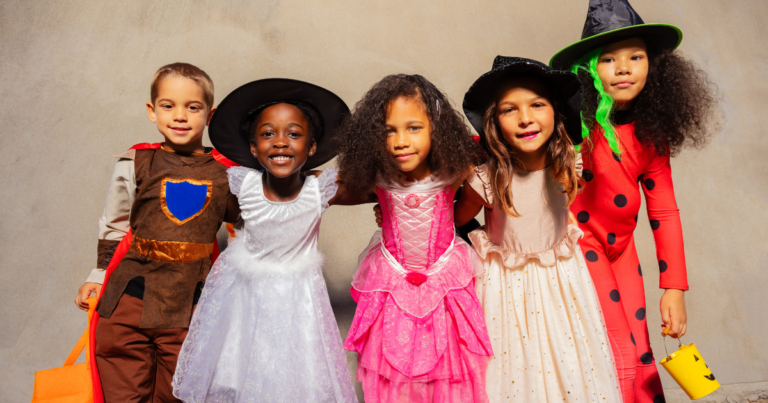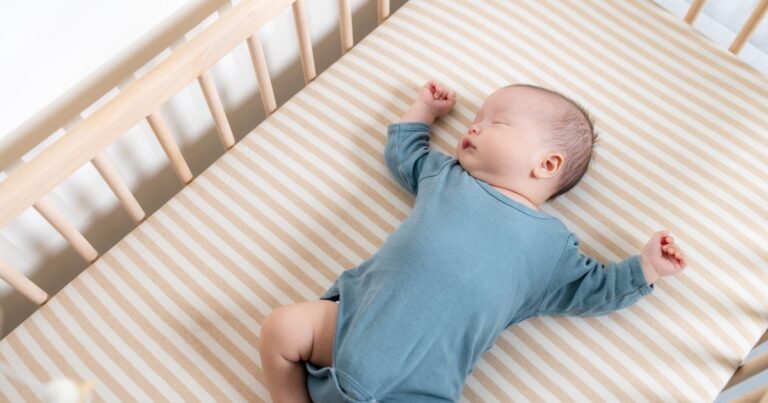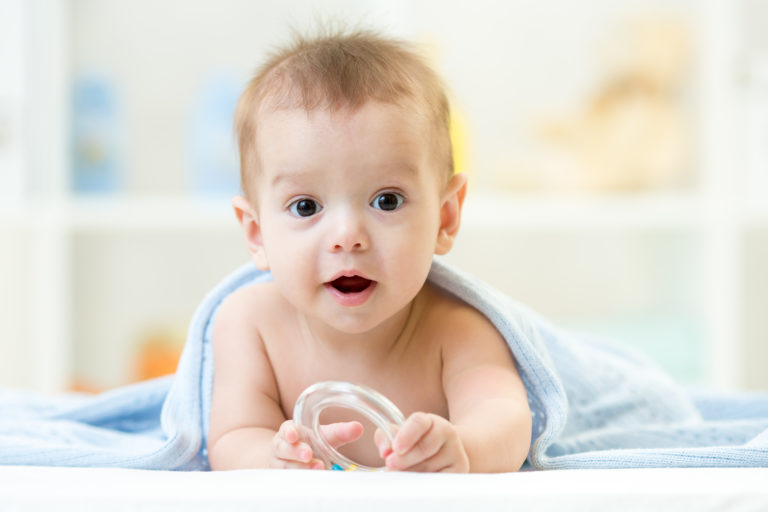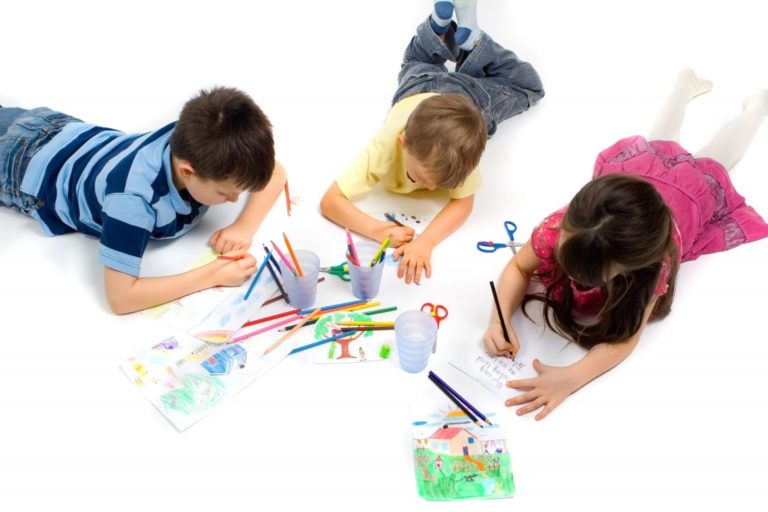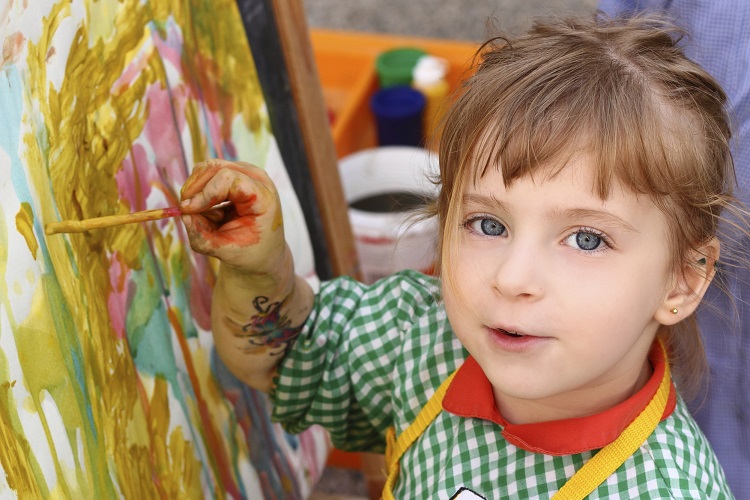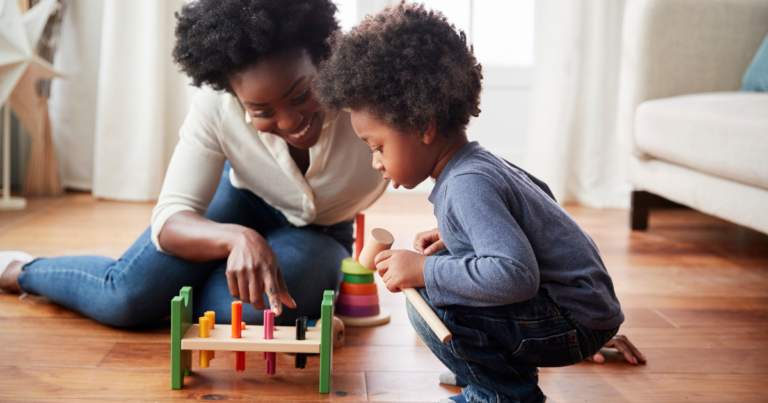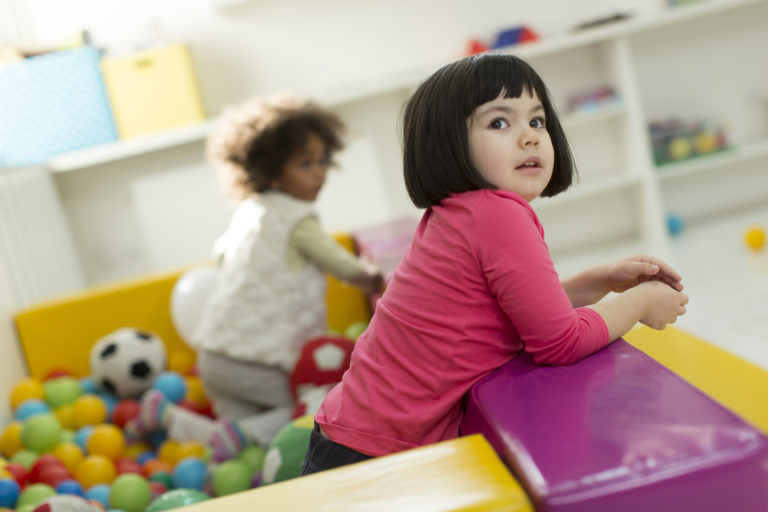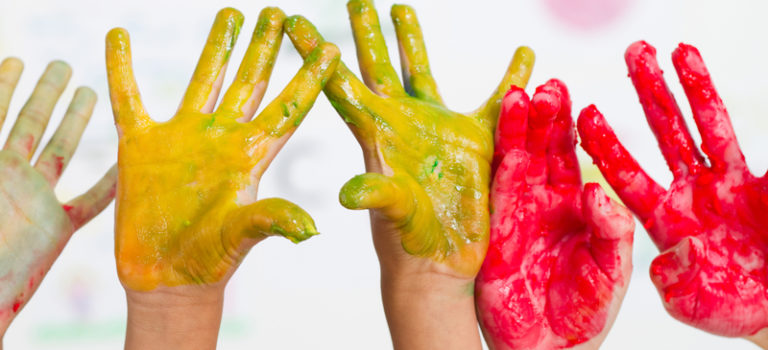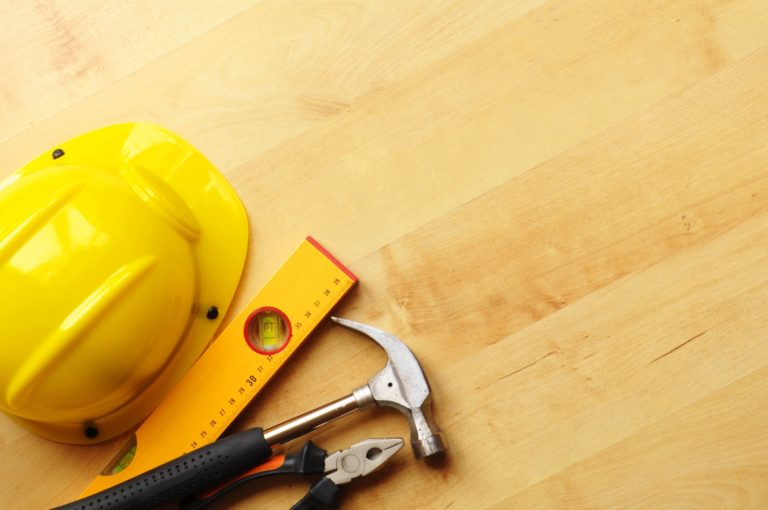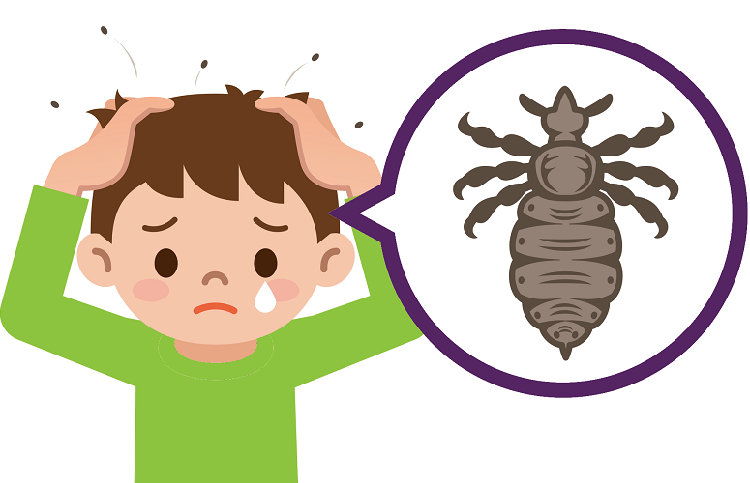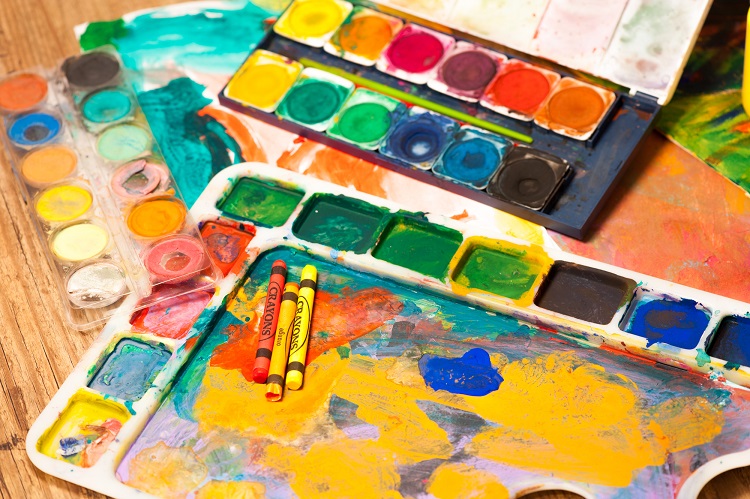Toxic chemicals threaten children’s health and learning – here’s how we can protect kids
Early childhood is a period of rapid growth and learning. In just a few short years, babies go from crawling to walking, speaking in full sentences, and developing self-control. But exposures to toxic chemicals in products and our environment can harm children’s health and development.
Why children are more vulnerable to toxic chemicals
Children’s bodies are still developing, making them more sensitive to harmful substances. They:
- Eat, drink, and breathe more per pound of body weight than adults.
- Explore the world by putting objects in their mouths.
- Have rapidly developing brains and nervous systems, which are more easily damaged by toxic chemicals.
Toxic flame retardants and phthalates are two toxic classes of chemicals found in children’s products that can impact kids’ ability to learn.
Toxic flame retardants
Where flame retardants are found:
- Car seats, crib mattresses, changing tables, nap mats
- TVs, upholstered furniture, building materials
How children are exposed:
Flame retardants don’t stay locked in products. They escape into household dust and air, where children can inhale or ingest them. Research shows toddlers can carry levels up to five times higher than their mothers.
Health risks:
- Decreased IQ
- Impaired memory and learning
- Altered motor skills and hyperactivity
Childcare centers that use foam nap mats can have higher levels of toxic flame retardants in their dust.
Toxic-Free Future’s 2018 nap mat study found that after replacing flame retardant nap mats with safer alternatives, levels in dust dropped by as much as 90%—a clear example of how prevention works.
Phthalates
Phthalates are chemicals used to soften plastic and add fragrance to consumer products.
Where phthalates are found:
- Vinyl flooring, vinyl shower curtains, toys
- Fragranced personal care products
- Other soft plastic products
How children are exposed:
Kids can ingest phthalates by mouthing plastic toys or swallowing contaminated dust. Nearly 100% of people have measurable levels in their bodies, with children ages 1–6 often having the highest levels.
Health risks:
- Lower IQ
- ADHD and learning disabilities
- Aggressive or oppositional behaviors
- Anxiety-like behaviors
Solutions: How to protect kids from toxic chemicals
We can give children the best start in life by reducing harmful exposures:
- Ban organohalogen flame retardants (OFRs) in children’s products, furniture, mattresses, and electronics enclosures.
- Strengthen consumer product safety laws to phase out harmful chemicals.
- Support safer alternatives for communities by funding childcare centers and schools to replace toxic products—such as swapping flame-retardant nap mats for safer, healthier ones.
Bottom line: Protecting children from toxic chemicals is essential for healthy brain development and learning. Stronger laws and safer products can help ensure every child has the best start in life.


